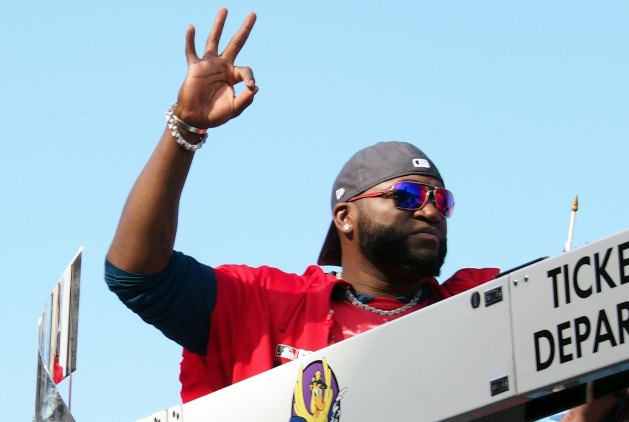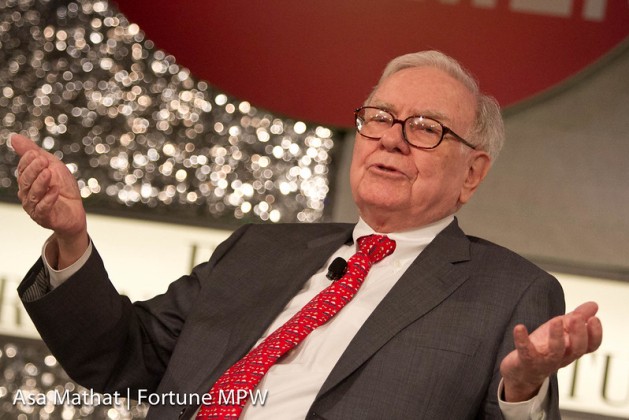
Previously published at GBH News.
As technological and cultural forces have ripped apart the economic foundations of local and regional journalism, news executives have desperately sought out audiences with the money and inclination to pay.
These audiences — affluent, well-educated, liberal and overwhelmingly white — favor news organizations with a national focus such as The New York Times, NPR and the “PBS NewsHour.” Meanwhile, marginalized Americans, from urban communities of color to the rural white working class, have been left behind.
In her new book, “News for the Rich, White, and Blue: How Place and Power Distort American Journalism,” Nikki Usher tracks the decline of what she calls “Goldilocks newspapers” — large regional papers like The Boston Globe, The Dallas Morning News and The Philadelphia Inquirer. Unlike the fairy tale, though, Usher’s definition of Goldilocks papers are places where everything is just wrong — the outlets are too large to serve local communities, too small to contend with national media and unable to compete with Google and Facebook in the digital advertising market. (Disclosure: Usher interviewed me for her book.)
“Losing local news … leaves national news to pick up the slack,” Usher writes, “meaning many people in the United States do not see where they live or people like them authentically presented in the news.”
Usher, a journalism professor at the University of Illinois Urbana-Champaign, earned her Ph.D. and M.A. from the University of Southern California’s Annenberg School for Communication and is a Harvard graduate. The following email interview has been lightly edited.
Q: You argue that the economic challenges facing journalism have led news organizations to pursue an audience that is mostly white, liberal and affluent. How did we get here?
A: For decades, news organizations have sought to reach so-called quality audiences, or audiences that advertisers want to reach — so trying to reach those with disposable income is always the goal, right? It’s important to remember that for most of contemporary history, newspapers, magazines, broadcast television and radio made their money by selling audiences to advertisers. However, since the 1960s and 1970s, newspapers strategically moved away from selling to working-class audiences to focus on those profiting from the post-war boom.
But now we’re in a really different era. The traditional advertising model for newspapers, in particular, has collapsed, thanks to the upside-down logics of digital advertising and the changing dynamics, interests and behavior of digital audiences. When it comes to digital, audiences for local news are especially tiny. And we have market failure for local newspapers, meaning that the market is no longer supporting the costs of production and distribution. This is a real, actual crisis, with at least 1,800 communities losing a local newspaper since 2004.
So this is the context: the audiences for newspapers are smaller and the traditional ad model is broken. In a state of market failure, pre-existing inequities in coverage and access are amplified. News organizations have to focus on those most likely to pay for a digital subscription. The news organizations most likely to survive are large, national news organizations like The New York Times, which can scale these digital subscriptions.
Who are those who can and will pay? Well, those with disposable income who have the cultural capital to recognize that local journalism matters. That veers affluent, although “rich” is more tied to an elite outlook and framing than it is actual income. For instance, a student at Harvard might choose to pay for a student-rate for a digital subscription and get hooked for life, or at least that’s the hope.
Income and class are horribly correlated with race in this country, but the reality of white audiences comes out of a much larger problem: the longstanding whiteness of the institutional news media. At the moment we’re having a reckoning, but, for too long, white voices have dominated the production of news in this country, excluding and stereotyping historically marginalized communities and journalists from these communities. Institutional news media has for decades been for and by white.
And, well, the Blue? Liberal audiences? Oh boy, that’s a whole depressing conversation, but the only people who still trust the mainstream news media are liberals, which poll after poll shows is the case. Additional data suggests liberals believe in the civic value of local news enough to pay for it. Markets shape journalism and journalists, and here is where we are: digital subscriptions are not for everyone, and the news produced is coming from journalists who have a white, largely culturally elite background — especially as it becomes more and more financially precarious to become a journalist.
Q: What are the implications for democracy?
A: So, there are lots of different ways to think about democracy. The cynic in me would like to point out that much of the kind of locally specific accountability journalism we worry about losing has been a historical anomaly, mainly present only in major cities at large news outlets as a post-Watergate phenomenon. So news equals democracy isn’t a historically accurate framing.
But journalism is more than just about information; it’s about creating a shared culture. That shared culture reflects the biases of its creators, but it’s important to have journalism to document the shared meaning and history of a place — and I worry so much about what happens when that is no longer present.
When we just have large national news organizations telling the stories about American life, and quality news is available only to those who will pay, we get a super-distorted version of democracy. You can have democracy — but it’s an elite democracy that serves the interests and information needs of elites, rather than journalism that facilitates the pluralistic multicultural democracy that we need.
Q: You and I talked about The Boston Globe’s success, one of a few exceptions to the overall decline of large regional newspapers. Do you think that’s because of committed local ownership — and could that be replicated elsewhere? Or is it simply a consequence of Boston being one of the last great news towns?
A: Boston is a great news town. Have they finally caught Whitey Bulger’s ghost, or are there other mobsters still lurking around in Southie? I had a blast as a Globe intern eons ago.
But in all seriousness, Boston has a lot of advantages that structurally predispose it to being a place where local news thrives: there is a large sector of wealthy, educated, liberal Americans who see the value of paying for news. Boston also has famously corrupt institutions, like the Catholic Church, and the value of exposing corruption is not lost on Boston area residents. Boston sports fans are rabid.
So yes, local ownership makes a huge difference. John Henry’s tolerance for loss is likely a little greater than some of the other billionaires investing in news, plus he’s really in the billionaire class. That gives the Globe a bit of a cushion that isn’t present elsewhere.
Q: Could a healthier media environment help overcome the political and cultural polarization that is tearing us apart? How?
A: How we define health reflects our normative and partisan bias about what constitutes a healthy news environment. For those who are on the far right, the present news environment, where conservative media now reaches deep into the trenches of American life, this is a golden time for a historical correction.
Before having this conversation, we need to remember that diagnoses of health, civility and incivility, and polarization can be turned into variables, but they are also in the eye of the beholder. Some data suggests that what is tearing us apart is not just our views but how we actually feel about people who are not like us. To overcome this, it might be helpful to have the press stop demonizing people who don’t act or behave the way you wish they would — at present, anti-vaxxers in rural America — and stop stereotyping historically marginalized communities that have long been harmed by problematic and extractive news coverage.
The seeds of our dysfunction are baked into the press, yes, but also, as I argue in the book, are part and parcel of the larger social, regional, structural and racial inequities that we have let grow.
Q: Choosing from among the possible solutions you outline at the end of your book, please identify one that you think would have the greatest impact.
A: Can I pick two? Antitrust breakup of Big Tech, which might restore some competition to the digital advertising market and undermine the monopoly over consumer data that advantages big tech companies.
The unlikely one? Having the Democratic Party or party donors start funding local news media directly, as the Republicans are already doing.





